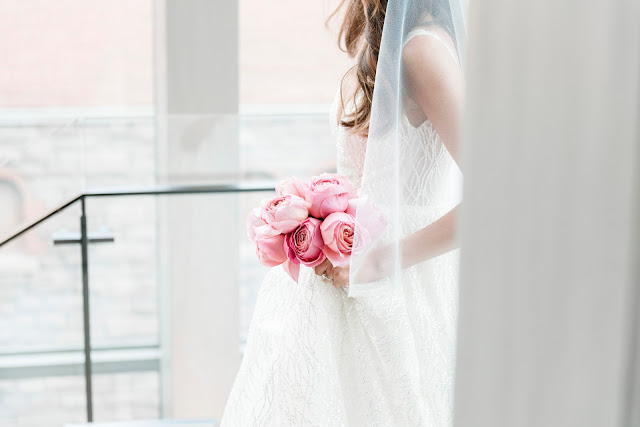How to help our Native Solitary Bees
why helping our native pollinators is important
many people assume that because bee keeping seems to be all the rage this means pollination of our crops and flowers is being taken care of. But unfortunately, honey bees are not actually very efficient pollinators- they carry pollen in wet sacs which don't allow much to brush off as they go from flower to flower. Native solitary bees, such as mason bees are far more effective as they carry pollen dry, which brushes off easily to pollinate every bloom they visit.
Unfortunately, we are losing our native pollinator population, especially in urban areas but also in smaller towns and villages. Solitary bees need not only lots of pollen from flowers but also habitat- areas of unkept ground where they can gather mud to plug the ends of their nesting tubes. In our rush to have immaculate gardens and lawns plus our modern urge to pour concrete over everything, we are taking away these vital patches of rough ground.
What you can do
First off, if you have any garden area at all, leave some small parts bare. Honestly, you'll hardly notice it, as it doesn't need to be vast swaths of ground, just don't mulch every square inch of your flower beds for example, or dig a small hole in a corner of your garden to expose some bare soil if you have a lot of grass. Try to keep this spot relatively moist, adding a little water if need be from time to time. Loss of bare patches of clay like moist soil is the biggest factor in Native solitary bee decline and is such a simple thing to remedy.
Second, plant flowers, as many as you can. If you are married to having lots of lawn, then plant around the edge or in large pots on your patio at least. A window box of some pots on a balcony work great too. The more of us that do this the better, as it will create pollinator corridors, where bees can travel easily from space to space without having to use up too much energy to travel far
Third:
don't be in such a rush to clean up reeds, sticks and such. This is where native bees make their homes naturally, crawling into the hollow ends to set their coccoons then sealing them in with the damp earth. Be ok with some disarray, create even a small area that you allow to get a little wild. Leave some patches uncleared through fall, winter and spring rather than raking everything up, giving time for the new batch of bees to hatch and leave.
Want to do more?
June 22 2019 we are hosting our monthly DIY Saturday and in honor of Pollinator week, we're making Native Solitary Bee houses! Come by and make your own! you can learn more on our facebook events page by clicking here
many people assume that because bee keeping seems to be all the rage this means pollination of our crops and flowers is being taken care of. But unfortunately, honey bees are not actually very efficient pollinators- they carry pollen in wet sacs which don't allow much to brush off as they go from flower to flower. Native solitary bees, such as mason bees are far more effective as they carry pollen dry, which brushes off easily to pollinate every bloom they visit.
Unfortunately, we are losing our native pollinator population, especially in urban areas but also in smaller towns and villages. Solitary bees need not only lots of pollen from flowers but also habitat- areas of unkept ground where they can gather mud to plug the ends of their nesting tubes. In our rush to have immaculate gardens and lawns plus our modern urge to pour concrete over everything, we are taking away these vital patches of rough ground.
What you can do
First off, if you have any garden area at all, leave some small parts bare. Honestly, you'll hardly notice it, as it doesn't need to be vast swaths of ground, just don't mulch every square inch of your flower beds for example, or dig a small hole in a corner of your garden to expose some bare soil if you have a lot of grass. Try to keep this spot relatively moist, adding a little water if need be from time to time. Loss of bare patches of clay like moist soil is the biggest factor in Native solitary bee decline and is such a simple thing to remedy.
Second, plant flowers, as many as you can. If you are married to having lots of lawn, then plant around the edge or in large pots on your patio at least. A window box of some pots on a balcony work great too. The more of us that do this the better, as it will create pollinator corridors, where bees can travel easily from space to space without having to use up too much energy to travel far
Third:
don't be in such a rush to clean up reeds, sticks and such. This is where native bees make their homes naturally, crawling into the hollow ends to set their coccoons then sealing them in with the damp earth. Be ok with some disarray, create even a small area that you allow to get a little wild. Leave some patches uncleared through fall, winter and spring rather than raking everything up, giving time for the new batch of bees to hatch and leave.
Want to do more?
June 22 2019 we are hosting our monthly DIY Saturday and in honor of Pollinator week, we're making Native Solitary Bee houses! Come by and make your own! you can learn more on our facebook events page by clicking here





Comments
Post a Comment